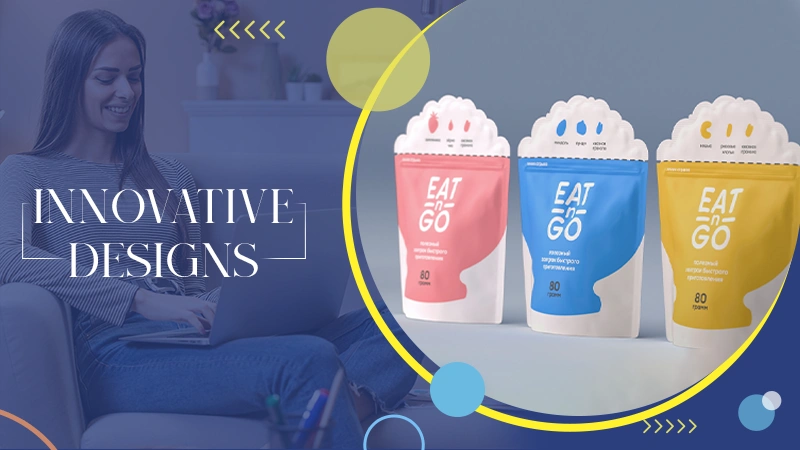CBD to Δ8 THC conversion – Must See Guide (2023)
Did you know that it was chemists Roger Adams, USA, and Alexander Todd, the UK, who established the nature of cannabis drugs in the 30s of the last century? https://bbgate.com/threads/cannabidiol-cbd-isomerization-to-psychoactive-cannabinoids.359/ They also carried out the first syntheses of cannabinoids and were able to explain why hashish, which hurts a person, causes addiction to drugs.
It turned out that the cannabinoids contained in hashish alter cerebral blood flow, causing tachycardia, hypotension, lightheadedness, and fainting. Ingestion or inhalation of narcotic cannabis smoke reduces the aerodynamic resistance of the respiratory tract, both in healthy people and in patients with bronchial asthma. At the same time, coordination and accuracy of movements are disturbed, and muscle weakness occurs. Cannabis preparations cause damage to the conjunctiva and reduce the internal pressure of the eye. Individuals who use cannabis are characterized by lethargy, and drowsiness, they are characterized by panic and a psychotic state. They have slow speech and are unable to concentrate on anything.
The instructions below were created for informational purposes and in no way encourage the use of drugs!
Also Read: 3 Ways to Enhance Your Email Marketing Conversion Rates
The Basic Process For Converting CBD to Delta 8 THC
There are only 3 things in the world you need for it to happen – CBD, Acid, and a lot of time which will lead to extracting Δ8 THC!
- Catalyze CBD with an acid
- Neutralize or remove the acid & solvent
- Purify the final product
- Make the purity test
Why does Converting CBD to Δ8 THC Carry Many Risks?
First and foremost, you cannot make Δ8 THC without using an acid.
Acid when added will cause seething and caustic splashes! In the process, it is necessary to use goggles, gloves, a canvas apron, and other protective paraphernalia. Acid must also be stored with all necessary care.
Also, you should give up converting CBD to Δ8 THC unless you have a proper lab setup with all the necessary equipment. We will break down the required tools in one of the next articles.
Your materials MUST be pure, otherwise, you might get toxic byproducts in the process which can form toxic or cancer-causing side effects!
Please don’t attempt this reaction unless you already have a lot of chemistry experience, access to adequate safety and lab equipment, and take all the precautions involved with safety!
Is Δ8 THC Legal?
As far as the United States is concerned, the main legalization factor of whether it is on the Drug Schedule is largely based on the type of plant from which delta-1-tetrahydrocannabinol was extracted – Industrial hemp plants or Marijuana plants.
To be very clear, unless you live in a recreational cannabis state or don’t have a medical card for marijuana, you should only buy from growers who additionally source the Delta-8 chemical compound from certified commercial cannabis plants.
From a federal standpoint, it is important to remember that Δ8 products must contain a total concentration of Δ9 THC that does not exceed 0.3% on a dry weight basis. Please do not buy a product that does not have this on the label; there is a strong possibility that they do not meet FDA product label requirements.
CBD to Δ8 THC: The Simple Method
Here is the list of tools that you need to have:
- T41 bleaching clay
- Short path distillation kit
- Steel wool
- Heating mantle
- Vacuum pump
- Crude CBD extract or CBD isolate
Here are the basic steps you need to follow strictly:
Step 1 – You should add bleaching clay to the distillation kit boiling flask, which has to be in the package with the approximate ratio of 100 grams for every 5 liters of crude oil.
Step 2 – Now we need to increase the temperature of the contents to 205 degrees Celsius, but this must be done gradually, from a low temperature of 10 degrees, and increase it by 10 degrees very slowly.
Step 3 – On that note, you should have 3 fractions – heads, mains, and tails. Each fraction should be divided at specific temperatures. Heads are around 165 to 175 C, Mains are at 180 to 210 C, and Tails are over 210 C.
Once the extract that’s condensing starts to thicken up and form coils as it falls into the flask, you’re into your main fraction — which is the part we want to keep. As soon as this happens, you need to change the flask to a fresh one to collect the main fraction. When the mains are finished, the extract will start to become thick and dark. This is the tails fraction.
Step 4 – Let’s make the purity test!
CBD to Δ8 THC: The Advanced Method
What required tools you should have to proceed with more advanced methods of CBD cyclization or isomerization
- CBD Isolate (shatters & resins are not pure enough)
- Strong acid (Brønsted or Lewis Acids)
- Solvent (such as toluene or heptane)
- Neutralizer (such as sodium hydroxide)
- Rotary evaporator
- Short path distillation or wiped film distillation equipment
- Glass reactor
- Separation funnels
- Chromatography column
For this method, you should visit https://bbgate.com/threads/cannabidiol-cbd-isomerization-to-psychoactive-cannabinoids.359/ where everything is detailed and accessible!
Theory: CBD Isomerization
Isomerization is a chemical reaction in the chemical process by which a compound is transformed into any of its isomeric forms, i.e., forms with the same chemical composition but with different structures or configurations and, hence, generally with different physical and chemical properties. CBD isomerization means that depending on the process and chemicals used, different ratios of delta 8, delta 9, or delta 10 THC will form.
CBD converts to THC through a process called cyclization, which basically creates a ring structure in the CBD molecule which turns into THC in the end.
Terms & Definitions: Cannabis Chemistry
Short path distillation – this type is used in engineering to separate components that boil at high temperatures and do not have the necessary thermal stability. In the study of fractions containing hydrocarbons C2o and higher boiling points, molecular distillation can be used. During conventional distillation, molecules evaporated from the surface of the heated liquid collide with each other, and some of them are thrown back to the evaporation surface and condense, so additional energy has to be expended and the temperature of the system increased. Molecular distillation is carried out under a high vacuum; the distance between the surfaces of evaporation and condensation is small, less than the mean free path of molecules. In this case, the evaporated molecules do not collide and reach the condenser with minimal energy consumption, which makes it possible to distill substances at a temperature below x boiling point.Refluxing is the condensation process of vapors, in the processes of extraction and separation of liquids into fractions, in installations for the study of substances, reflux columns are used. This is glass laboratory equipment, a device for cooling and condensing vapors of substances of various types with cooling media. In the simplest case, the cooler is outside air; most often, water; sometimes – special refrigerants, including solid ones.
Follow Us
Latest Post















